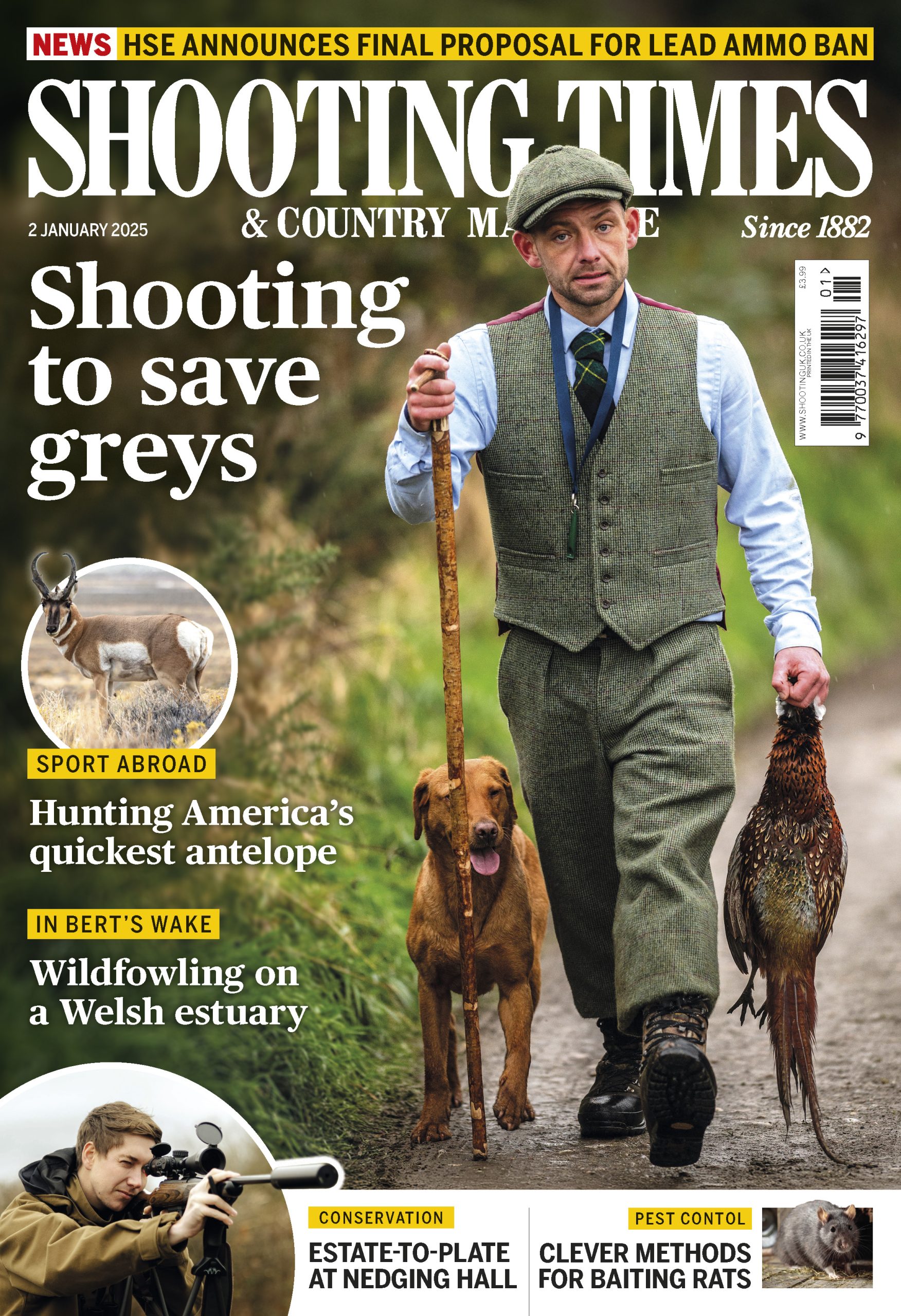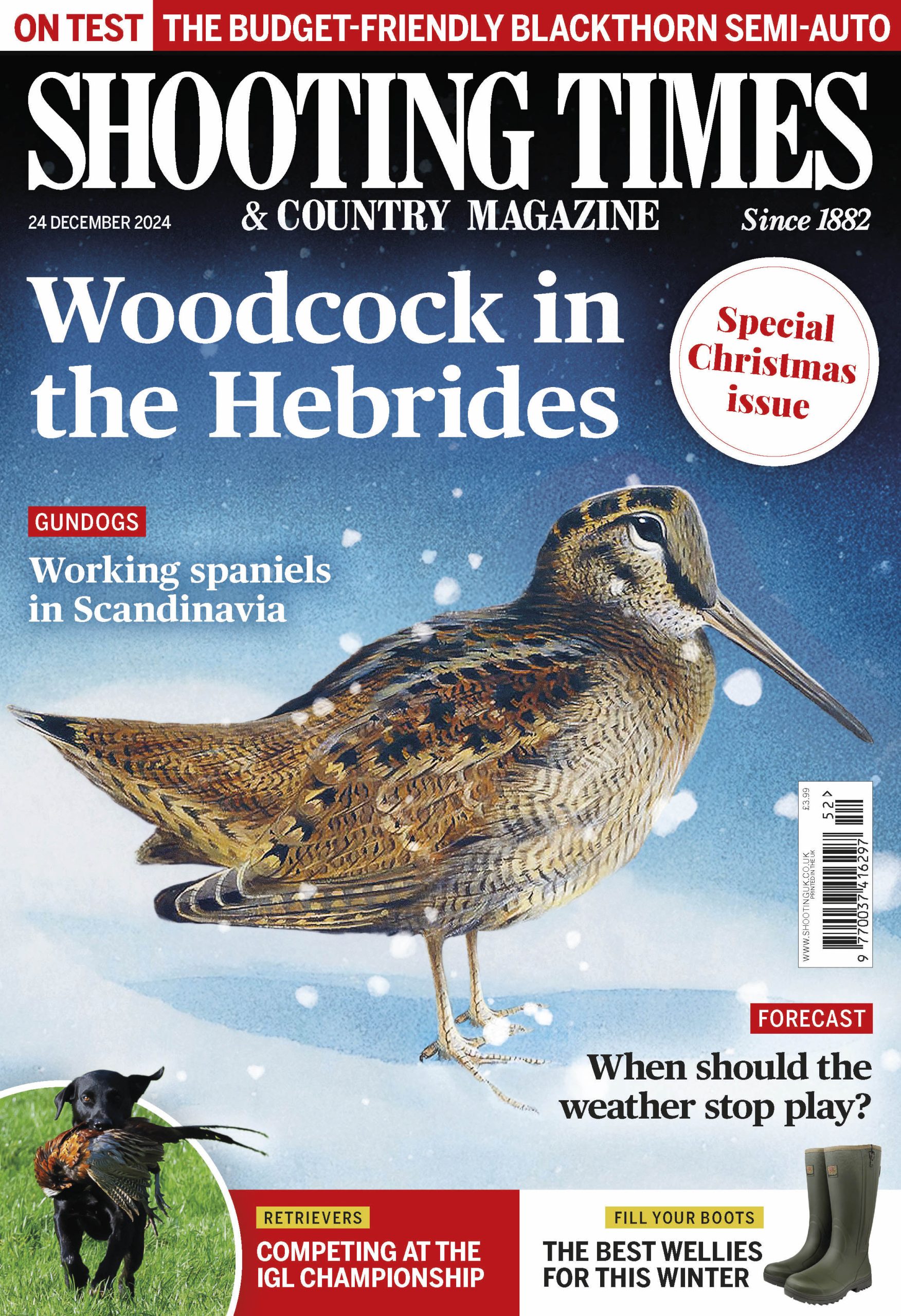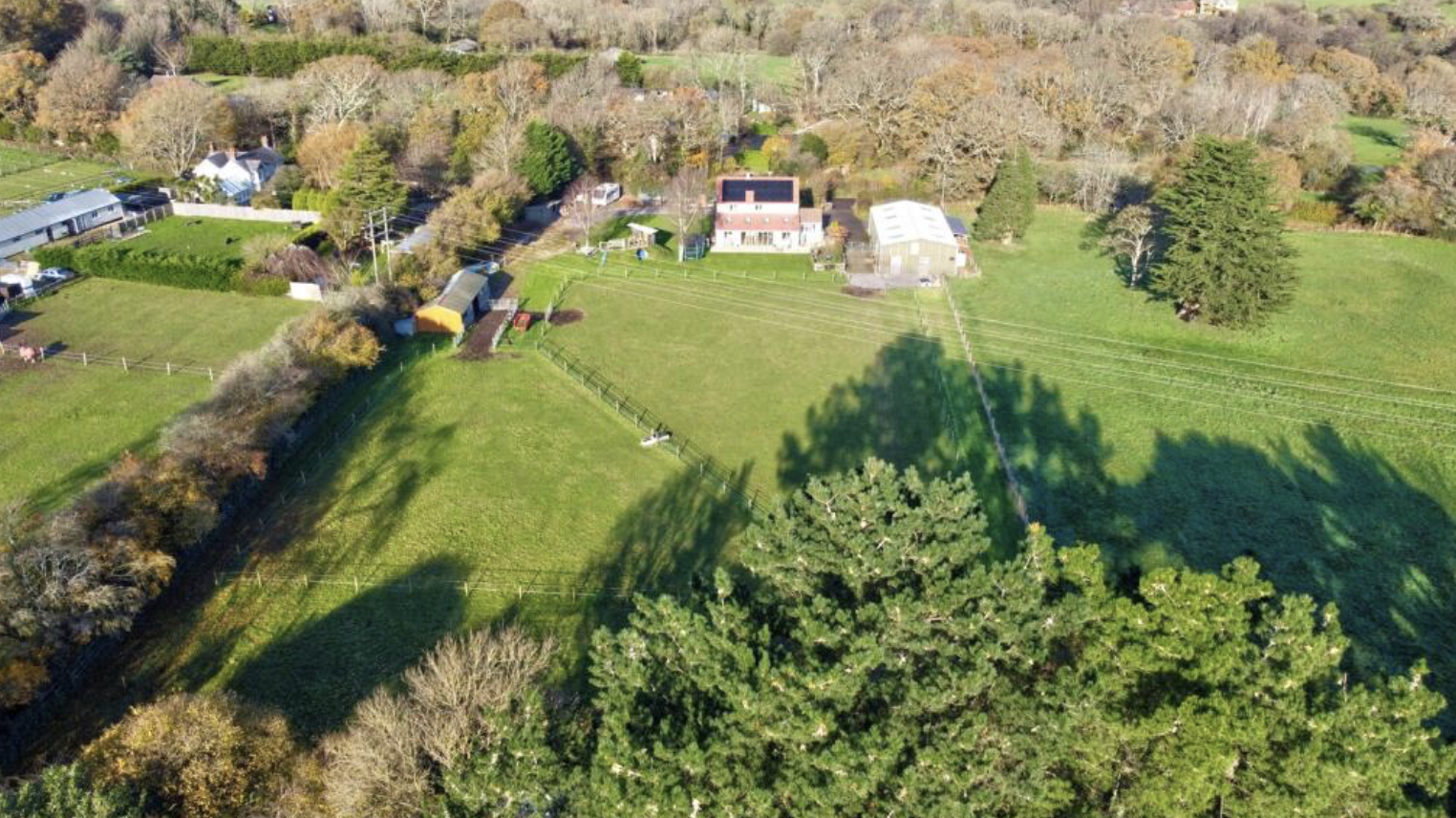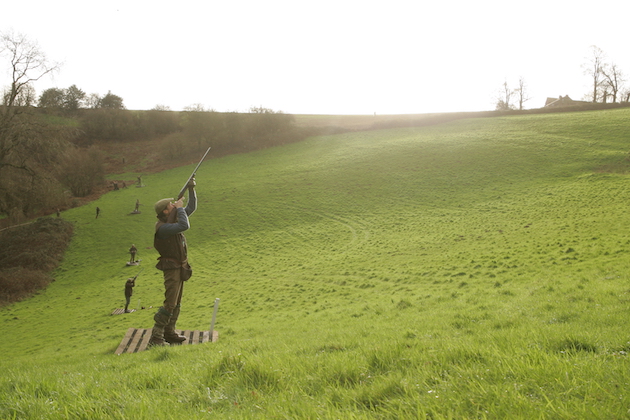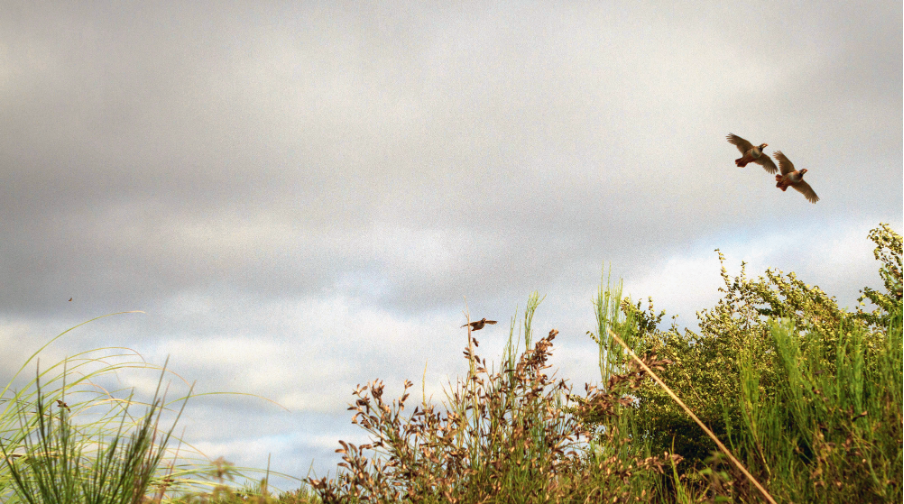I noticed something last season. I saw some fellow Guns shooting birds at extreme range – higher than 60 yards…
Win CENS ProFlex DX5 earplugs worth £1,149 – enter here
4 tips for more consistent shooting
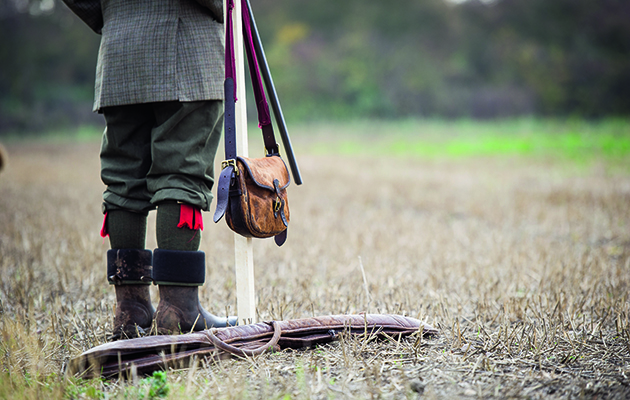 cartridge bag
cartridge bag
It is at this point in the season that some Shots start to question their shooting technique. If you want to make major changes you’ve missed the boat by about six months, as the hard work should have been put in before the season started. However, for those who are generally happy with their shooting but who want to improve their consistency, these tips relate to the finer points of shooting pheasants to the best of your ability on the day.
1. Fieldcraft and shooting technique
Every shoot is different. That is why fieldcraft is so important. You have to understand and read the drive and the bird. If you struggle to read the drive, including the height of trees, whether there are open banks, wooded banks, flat ground, short windows or long windows, you will always struggle to read the bird.
For example, a high drive may give the impression that a bird is gliding over the top of you in a parallel line, but in many cases high pheasants will have their wings set and will be coming down at you, with their tails acting as a rudder. These birds are difficult to read.
On lower ground or many small woodland shoots birds will be climbing, either out of game cover or trying to get through or clear the trees. As I said before, if you can’t read the drive you will find it hard to read the bird, and if you can’t read the bird you will never shoot with any consistency.
2. Warm up
I always warm up before I take part in any sport, and I treat shooting in the same way. At the start of a day it is all too easy to crack on regardless, with little thought about what you are shooting or waiting for that one pheasant that you feel is worthy of your shot. If the day warrants it, and you know you will have plenty of opportunities, build yourself into the day. Shoot at birds you know you can kill. This will help you get your timing right, read the birds that are being presented and allow you to step up a gear gradually, with confidence, so you can shoot more difficult birds later.
3. Know your distances
If you can’t read the height of a bird, you will struggle. Some Guns shoot at birds they think are killable but in many cases they are out of range of a clean kill. Relying on a “golden pellet” causes pricked birds and will only result in poor consistency and a knock in your confidence. Always shoot within your ability.
When people ask me what I consider a sporting bird, my response is: “A sporting bird is a safe shot that suits the ability of the person shooting at it.”
4. Extras
- Modern shooting kit is there to aid the shooter, so make sure you wear the right clothes that keep you warm, dry and comfortable.
- Confidence is so important if you want to shoot well. However, everyone has a bad day or a drive that doesn’t quite go to plan. This is especially true on small days when you know that opportunities will be few and far between. Stay calm and relaxed and don’t get frustrated. That will only cause you to tense and try to force your shooting.
- So many times I hear people say that they shot really well at the start of the season then started to struggle. The reason for this is simple: the birds at the start of the season are not as strong on the wing, and in many cases the conditions are more favourable to the shooter. As the season progresses, the birds become stronger and are much more capable fliers, and generally the conditions get harder. Shooting gets tougher as the season progresses and that is something we must accept and not let it affect us.
Related Articles
Get the latest news delivered direct to your door
Subscribe to Shooting Times & Country
Discover the ultimate companion for field sports enthusiasts with Shooting Times & Country Magazine, the UK’s leading weekly publication that has been at the forefront of shooting culture since 1882. Subscribers gain access to expert tips, comprehensive gear reviews, seasonal advice and a vibrant community of like-minded shooters.
Save on shop price when you subscribe with weekly issues featuring in-depth articles on gundog training, exclusive member offers and access to the digital back issue library. A Shooting Times & Country subscription is more than a magazine, don’t just read about the countryside; immerse yourself in its most authoritative and engaging publication.
